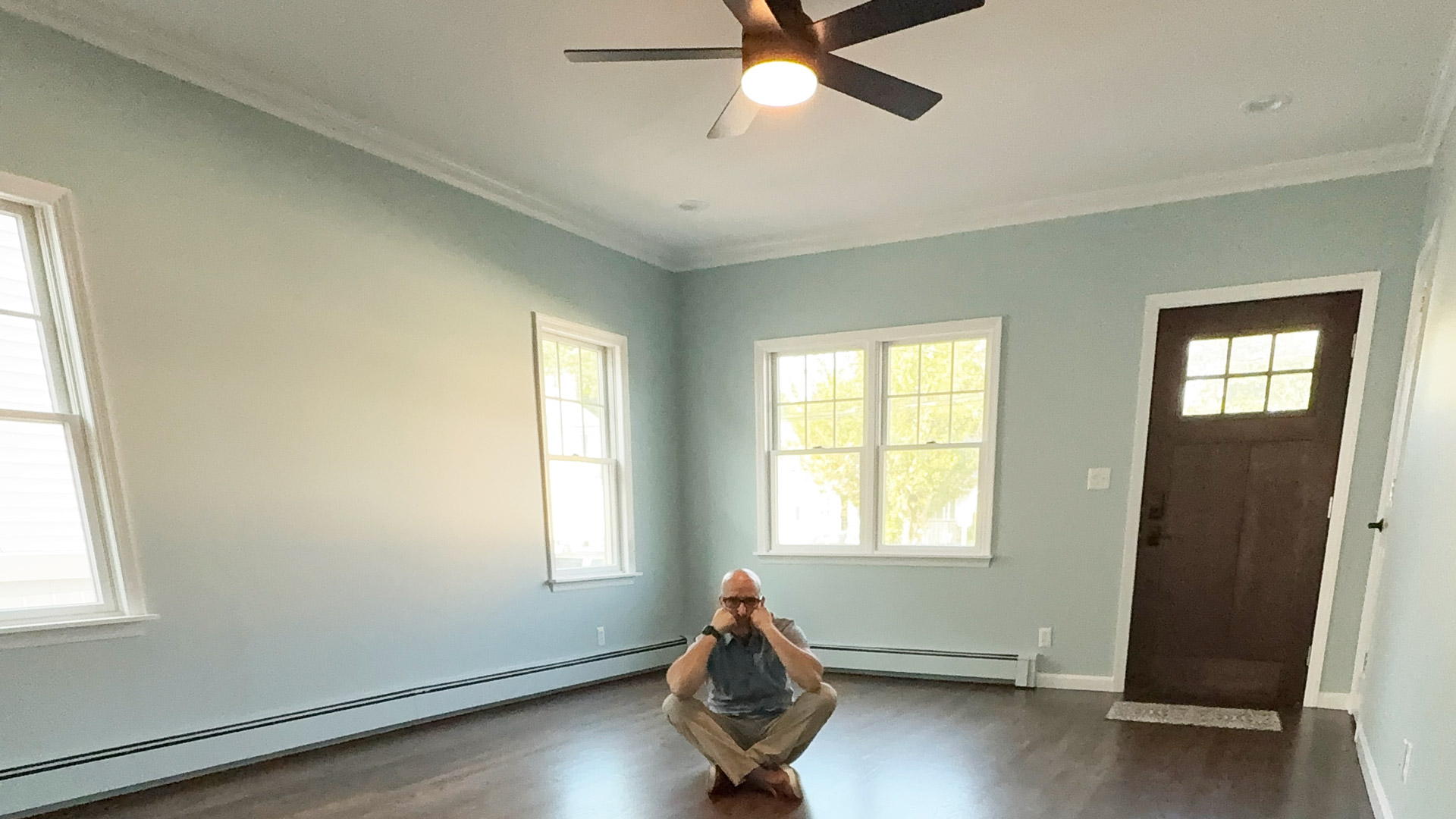Key Takeaways
- Upgrading to smart home technology can be challenging and often leads to complications.
- Opting for simpler, non-smart solutions can sometimes be more reliable than high-tech products.
- The dream of a fully automated home remains unfulfilled for many due to connectivity issues and compatibility concerns.
Challenges of Smart Home Upgrades
Upgrading a 20-year-old living room led to an exploration of smart home technology. While the homeowner envisioned a modernized space, the transition proved more complex than anticipated. The living room remodel included upgrading the wood floors, replacing doors, and adding new fixtures.
The homeowner’s experiences reflect common struggles faced by many who attempt to enhance their living spaces with smart tech. Despite a willingness to incorporate smart devices, there was recognition that not all products offer the simplicity they’re meant to. Installation and functionality issues can arise, contributing to frustration rather than enhancement of home life.
One recent upgrade involved replacing a Nest Video Doorbell with a Ring model to test a new Alexa device. While the Ring performed well, it presented compatibility issues with existing Google Home security cameras, underscoring the complexities of managing multiple smart technologies.
In decisions regarding a ceiling fan, the homeowner ultimately opted for a traditional remote-controlled unit instead of a smart fan. Concerns about connectivity, potential future obsolescence, and the reliability of smart appliances influenced this decision. Similarly, for LED lights, the homeowner chose a compatible analog version over a high-tech option.
The front door lock was another area where smart technology featured—specifically, a Lockly smart lock. Despite convenience, the aesthetic appeal of the device was lacking. The couple ultimately chose a Schlage Encode lock, which, although not fully compatible with Google Home, worked with Apple HomeKit.
An attempt to enhance the porch light with a smart fixture turned into another experiment. The selected Cync smart lightbulb required the installation of additional software and account creation, which complicated the setup process. Efficiency promised by smart technology gave way to manual connections and cumbersome routines.
These hurdles highlight the reality that smart devices frequently don’t integrate well with existing systems, leading to frustrations around device management. While achieving a fully automated home remains appealing, the pursuit often results in mixed outcomes. In the end, the homeowner decided to embrace simplicity, choosing to focus on small, practical enhancements rather than a complete technological overhaul.
Despite envisioning a high-tech living environment, it was determined that relying on traditional items and minimal smart technology may provide the best functionality without the accompanying headaches. The ongoing furniture refresh would be devoid of smart features, underscoring the practicality of a balanced approach to home automation.
The content above is a summary. For more details, see the source article.















